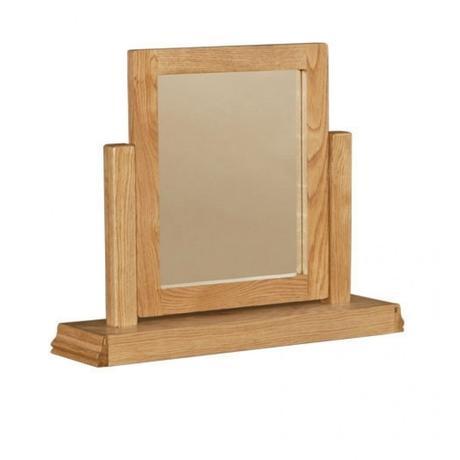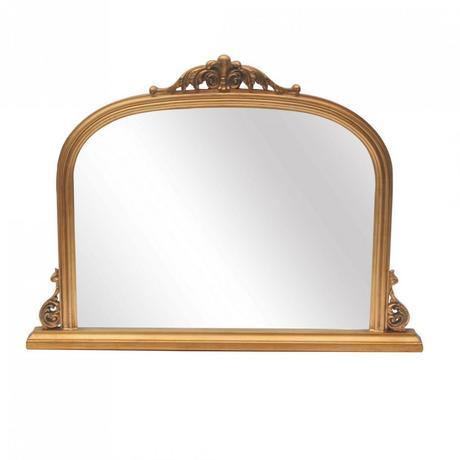 The design of a house is largely determined by climate and weather systems in their locations. For example, in countries with a temperate climate cycles or four seasons they have homes that are equipped with heating systems or at least a place of fire. snow season, snowstorms and cold of year usually make it necessary to design a house that offers protection against extreme cold.
The design of a house is largely determined by climate and weather systems in their locations. For example, in countries with a temperate climate cycles or four seasons they have homes that are equipped with heating systems or at least a place of fire. snow season, snowstorms and cold of year usually make it necessary to design a house that offers protection against extreme cold.
availability of materials
Therefore, the materials for the houses of the temperate zone are used, they must also be adapted to the respective cyclical time. Brick, concrete and wood materials for thick walls are ideal for this purpose. Of course, the availability of materials and design of the house or dwelling, as determined in a locality with Eskimo igloos.
Other features
The design of an energy efficient home is not just a fad or a passing trend. Under greater environmental awareness and ongoing global climate change by designing these houses needed. These houses can be a little more expensive than the typical houses, but worth the extra cost, especially in the long term. As for the appearance or architecture, energy efficient homes are not radically different from standard homes, but also change the functionality of these houses subtle or even hidden radically different.
considerations There are four main factors must be considered when an energy efficient house design, ie, insulation, heat exchanger (heater, cooler), energy and lighting.
isolation
Insulating materials which can be installed on the walls, ceiling and floor panels. thermal insulation at home can be one or a combination of the following materials: cellulose, glass wool, rock wool, polystyrene, polyurethane foam, vermiculite, perlite, wood fibers, fiber plants (cannabis, linen, cotton, cork, etc.), straw, vegetable, animal fibers (wool), cement and earth or ground.
The insulators are necessary to keep in homes located in colder areas of internal heat. The opposite is true of homes that are located in warmer regions. These isolators are required in hot regions in order to prevent heat transfer or conduction from the outside. Good ventilation is also necessary in homes that are located in warm and tropical regions.
heat exchanger
a stable internal temperature to get in a home is a decisive factor for the efficiency of comfort and power factor is maintained. It could be as simple as an open window in the warmer months or lights a fire place in the cold season. Moreover, the heat exchanger of more complex systems, which can work as a heating and cooling elements. In most cases, heating and cooling systems are separated. Some use energy, as in the case of air conditioning systems, while others, gas heat, as in the case of boilers can be used. Homes with minimal use of engine heat exchanger, are more energy efficient. This can be done by improving the insulation and ventilation systems. The idea is to keep heat inside or excessive heat can penetrate.
energy sources
The type of energy source is another important aspect when it is based on cyclical weather or time to design an energy-efficient home. A house may have alternative energy sources outside the main power grid.
solar water heaters, solar panels, wind turbines and water systems can be used as alternative sources of clean energy. You can supplement the energy of the power distribution network. greatly the availability of natural resources Of course, the efficacy of these alternative sources depend. Solar panels, for example, are not ideal in locations throughout the year can be covered.
light sources
Interior lighting of a house is the lighting, whether natural or artificial origin. During the day, the light source is, of course, the sun and the reflected light environment. the use of artificial light during the day A home should have enough windows to prevent natural light. Artificial lighting, on the other hand, have either fluorescent or LED lights. Reflectors and wall mirror will also help maximize the light output. The walls should be white or at least bright colors painted light reflections are optimized.
How to Hang Decorative Wall Mirrors
One way to add an elegant and distinctive touch of personality to any room in your home is to add a decorative wall mirror. This art work reflecting express their creative personal taste in the room in which they hang. With a variety of styles, shapes and sizes, there is a good chance that one will find the atmosphere to be any room in your home.
After exploring all styles, shapes and sizes, and you have made your final decision, you want to be sure that when the mirror assembly is mounted done correctly. You want to be sure that you have done your homework and is fixedly mounted mirror on the wall. You do not want to enter the room and damaged wall and God forbid, find their new ground broken in the mirror, see.
What you want to do is take steps to engage the proper installation of your mirror on the wall, this wall paint for the first time. If the right way, you never have to worry about accidents that occur.
So now you have the mirror on the wall of your choice. She decided to hang on the wall. Your selections to hang the exact position on the wall.
The first thing to do is someone to hold the mirror on the wall where you want to hang the mirror, then mark the wall with a pencil a short line somewhere near the center of each mirror. Each line can be as short as half an inch.Now remove the mirror wall pocket and put it somewhere along the way. You should now have four lines on the wall with the outer peripheries of the artwork that reflects. Using a ruler, measure, when the center of the pencil lines left and right. Make a pencil mark on the wall where the center is.
With the use of an electronic detector, cross the highlighted inside, until there is an indication of where the studs are in the wall is being area. Once you find the studs in a marker pen to indicate where each stud.
In the back of the mirror on the wall, looking in the mirror hanger is attached to the back of the mirror. Measuring the distance that the suspension device is located at the top of the mirror. Now go to the wall, you just selected pencil. Its top pencil line, go to the center and mark on the wall with a pencil, exactly where the blade is on the wall, when the mirror is suspended.
When the mirror is mounted on a suspension in the rear surface and then measure between each mounting distance it is the center of the mirror. After the measuring points of the trailer, make pencil marks on the wall where they are located, if the mirror hanging on the wall. Using an electric screwdriver, a fixing wall to wall with wood screws a big place and enough to delve into the wood stud to cross the wall and the wall time. If more is required of a clip wall, make sure the clip is securely attached to the wall and hang the mirror.
Using an electric screwdriver, a fixing wall to wall with wood screws a big place and enough to delve into the wood stud to cross the wall and the wall time. If more is required of a clip wall, make sure the clip is securely attached to the wall and hang the mirror.
If your wall mirror requires two wall anchors, and a device level, through trademarks of screw holes mentioned that marked on the wall and make the necessary adjustments to ensure that their brands are level of others.
If you are sure your marks screw holes are level, go ahead and tighten the two clips of the wall an electric screwdriver and a timber large enough and long enough through the wall to screw with and deeply in wood inside the wall studs. , Make sure the brackets fixed to the safe before hanging up his decorative wall mirror wall. Now the mirror is hanging.The use of the right to hang a decorative wall mirror tools and techniques is something that almost everyone can do. Within minutes, this work can be completed, and the results reflect the artistic creativity in you.

